Cabin House by Taliesyn is an earthy urban escape
Cabin House by Taliesyn, melds modern lifestyles with vernacular architecture, creating an earthy escape in bustling Bengaluru

Cabin House is Taliesyn’s contemplative response to transforming a 349 sqm plot of land in South Bengaluru into a family home. The brief was simple: 'experiencing nature at close quarters.' The new home exemplifies the local design and architecture studio’s strong sensitivity for exploring modernity yet embracing vernacular nuances, deftly striking a balance between the built environment and its surrounding nature.
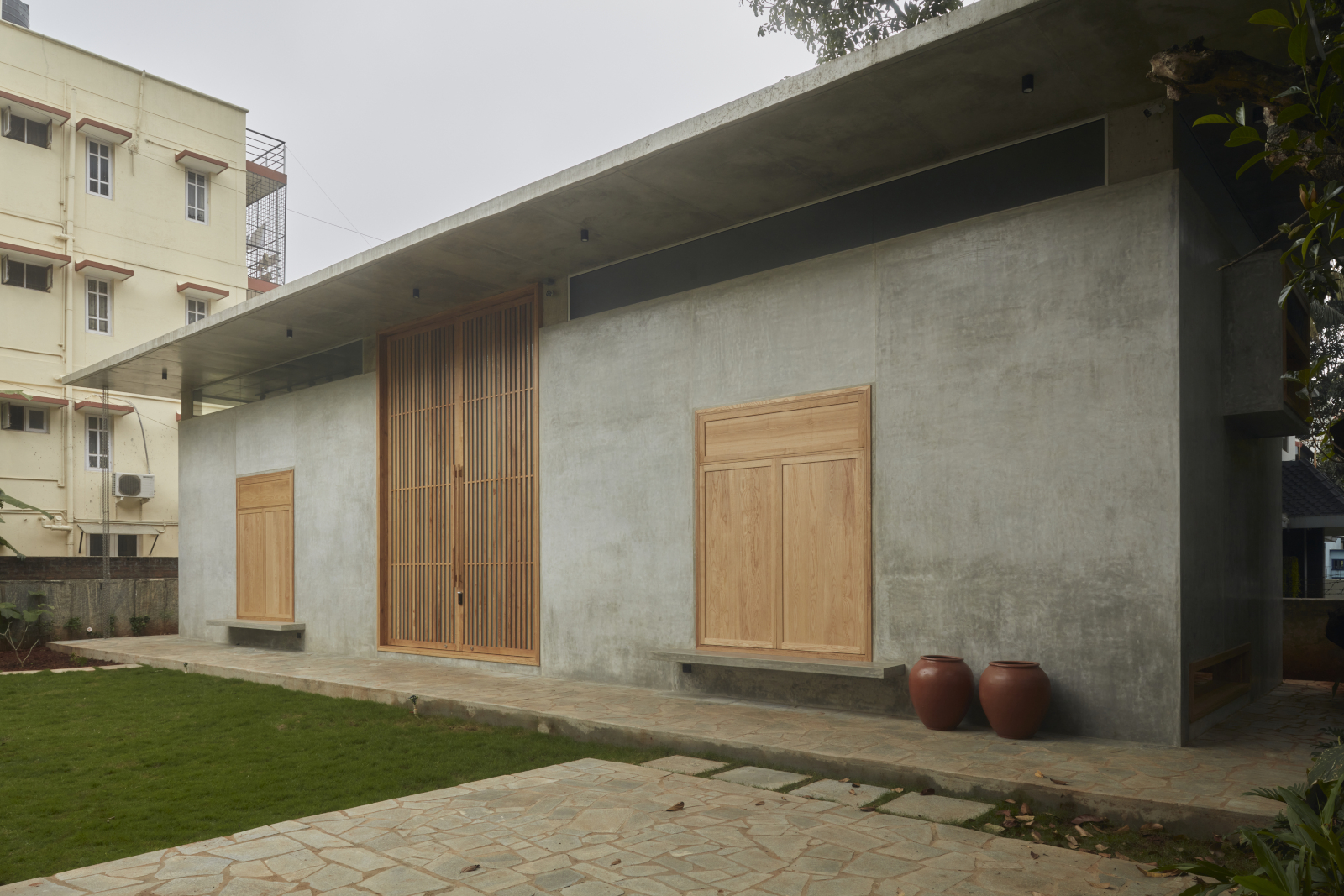
Cabin House embraces Bengaluru's vernacular architecture
Cradled by the foliage of large jackfruit and mango trees in its South Bengaluru neighbourhood, Cabin House is a one-bedroom family weekend home. Challenging pre-pandemic modes of living, it serves as a necessary retreat from the bustling urban life around it.
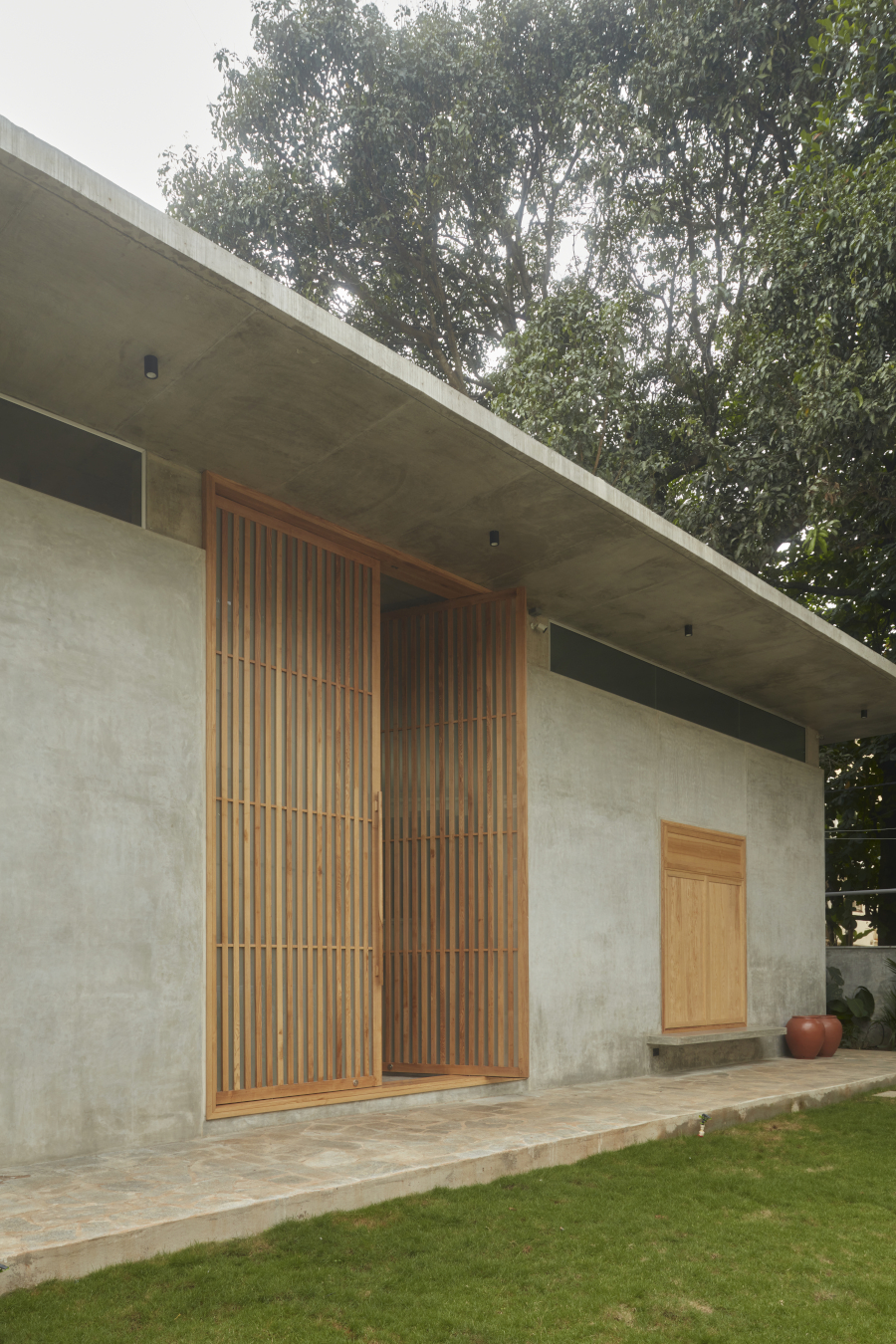
Drawing inspiration from surrounding old-Bengaluru homes, Taliesyn brings together the region's vernacular and a minimalist architecture and design language, crafting space for open dialogues within, through and outside the home.
Blurring boundaries and separating spaces
Large pivot doors on either side of the residence create open portals into the home, reinforcing the projects’ intentions for blurring the boundaries between interior and exterior landscapes.
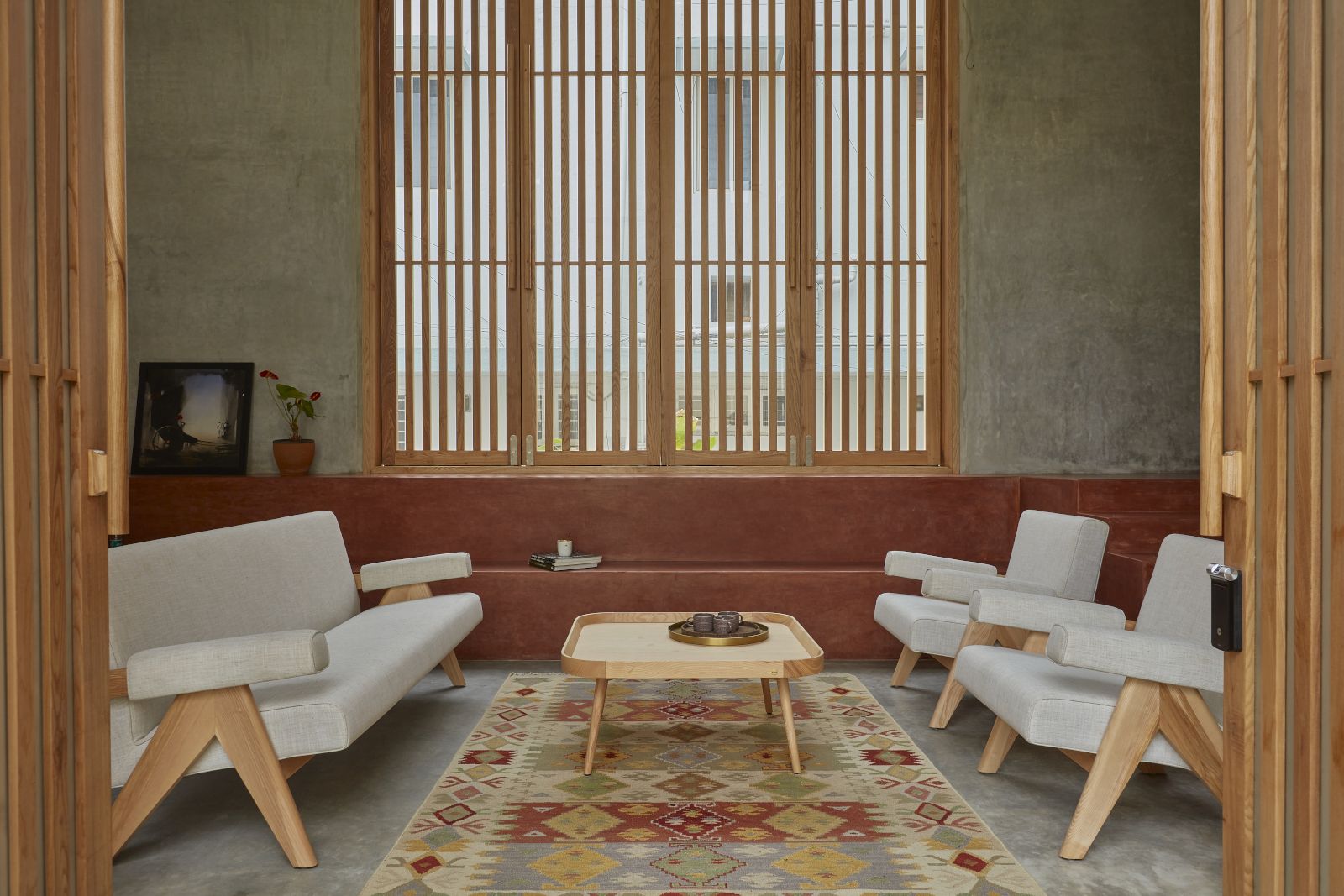
Inside, the wide rectangular volume is seamlessly broken up into a generous double-height living, dining and kitchen area, with a mezzanine floor for the master bedroom. Warm earthy tones uplift the space, with textures and materials that nod to nature as inspiration. Meanwhile, contrasting cool cement surfaces create a sense of grounding.

Though compactly shaped, varied design elements, such as built in and bespoke furniture, help distribute the residence across different levels; offering moments of privacy, places to convene, and glimpses into surrounding nature.
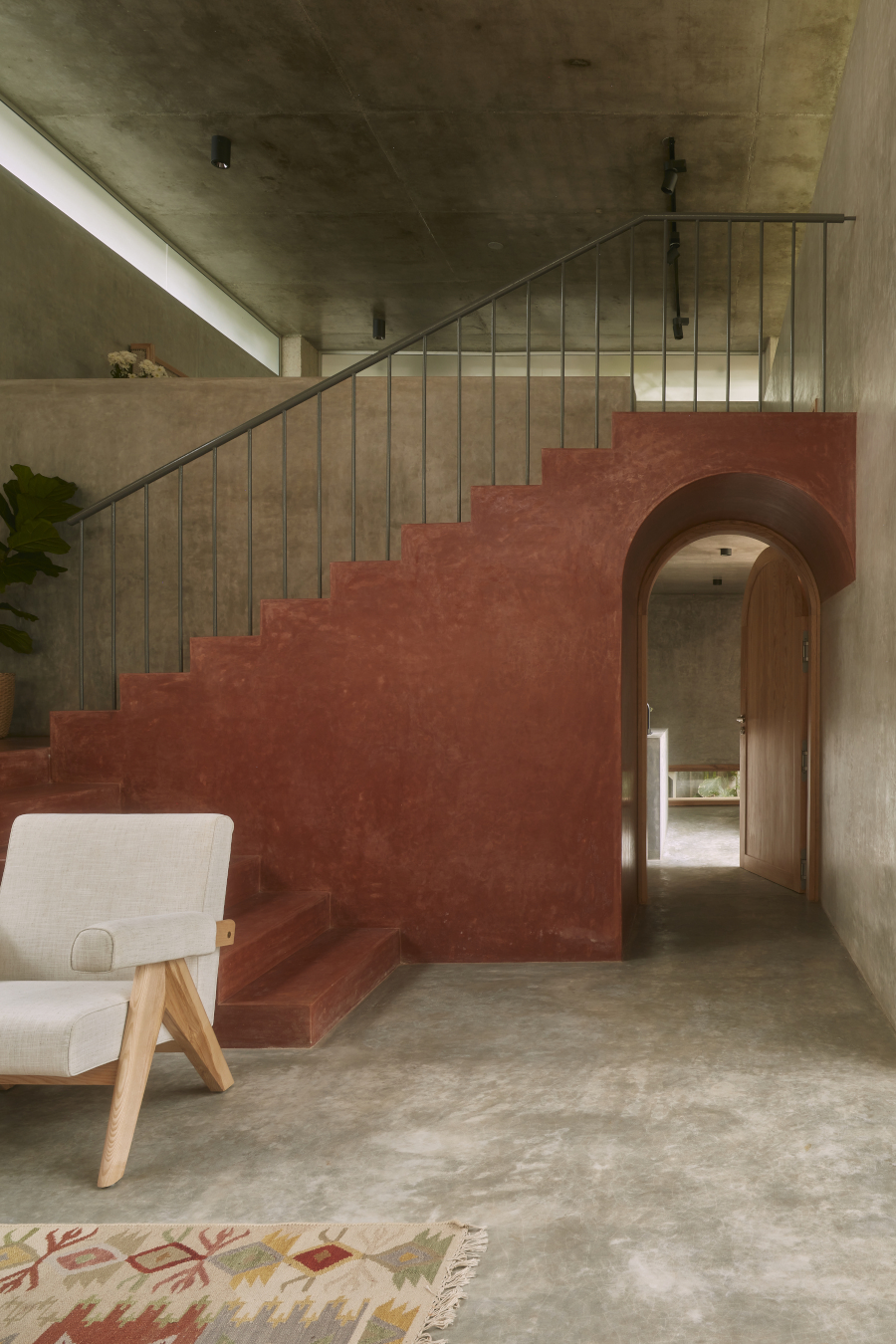
Through contrasting terracotta red tones, attention is drawn to a striking archway feature that melds into the main staircase. Being mindful of their client's need for space to host conversations and entertaining, Taliesyn designed the staircase to not only facilitate movement but also provide informal seating nooks inspired by a katte design (this is a largely informal, local typology of a place for socialising and the community).
Receive our daily digest of inspiration, escapism and design stories from around the world direct to your inbox.
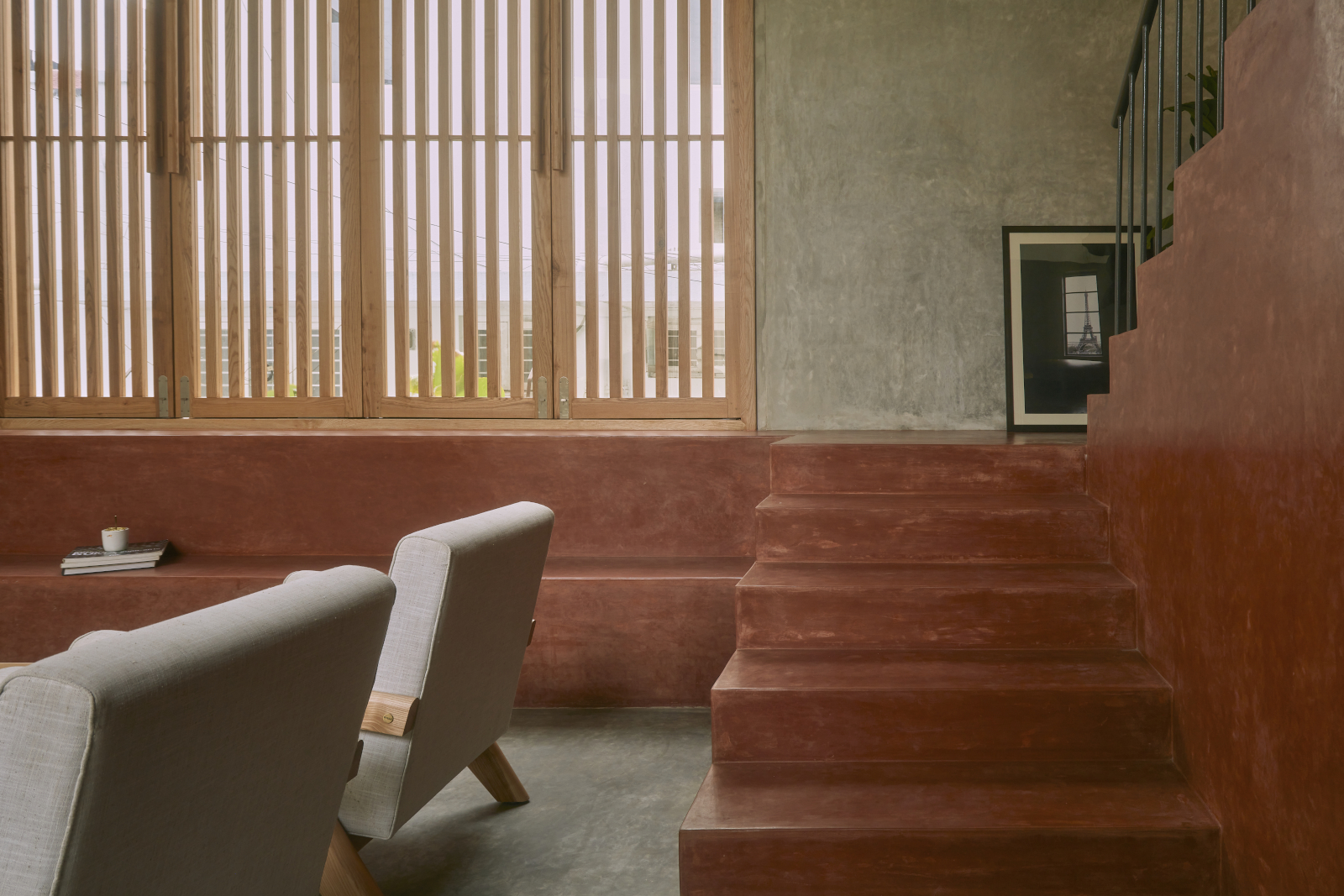
Further inspired by a katte design, the window sills to the exterior spaces also serve as sites for conversation, as well as places to rest and enjoy the garden views.
Throughout the space, Talieysn has reimagined traditional notions of dwellings, making discrete yet pointed design choices that allow the space to be fully in sync with its surrounding environment.



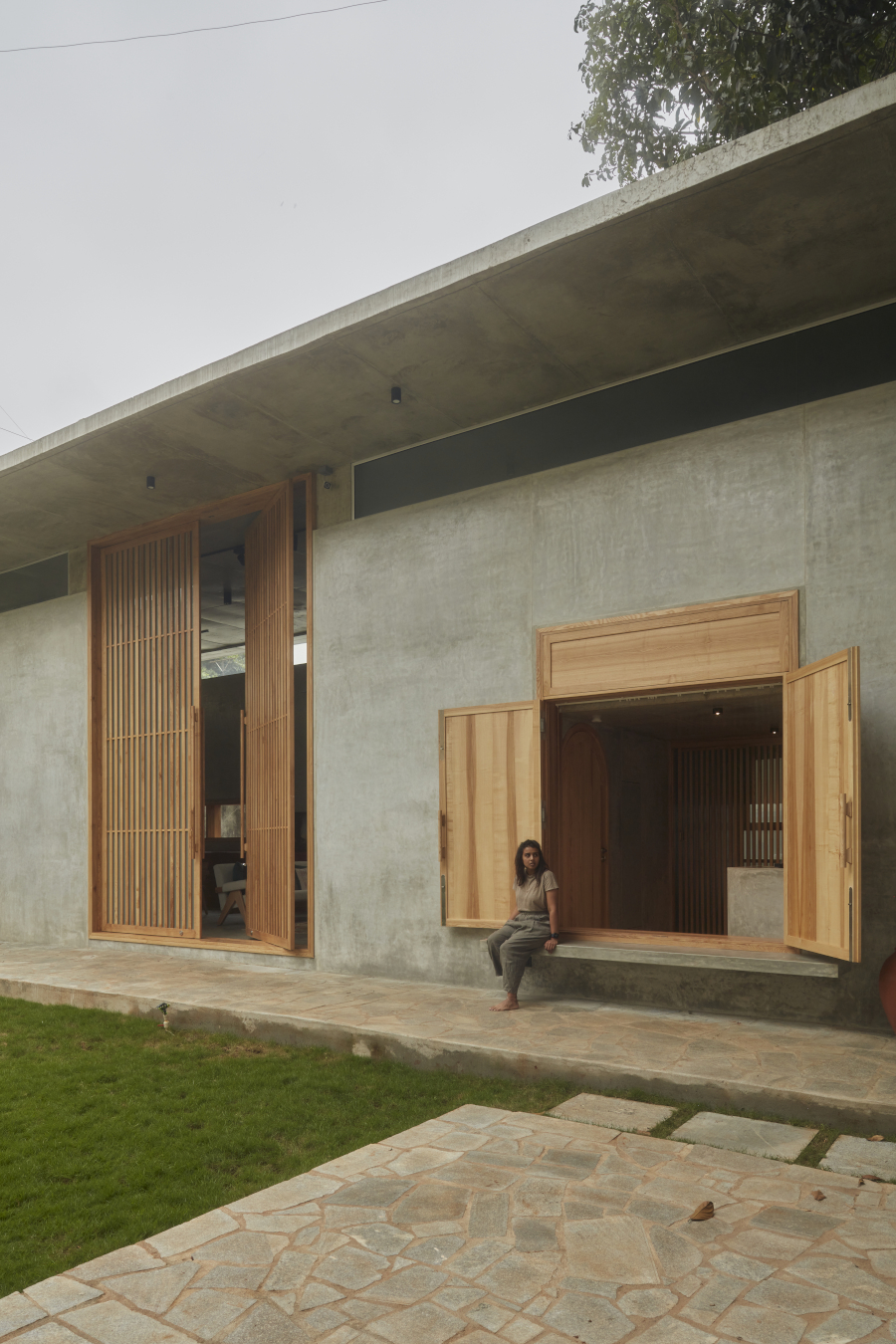
Nana Ama Owusu-Ansah is a writer and photographer from London. She first wrote for Wallpaper* in 2021, in a series on the new vanguard of African designers practising in Africa and its diaspora. She is drawn to projects centring on decolonial approaches to art, architecture, as well as community and sustainability. Nana Ama read Economics and Spanish at University of St Andrews, and, as an avid linguist, is passionate about using accessible language to invite new audiences to engage in design discourse.
-
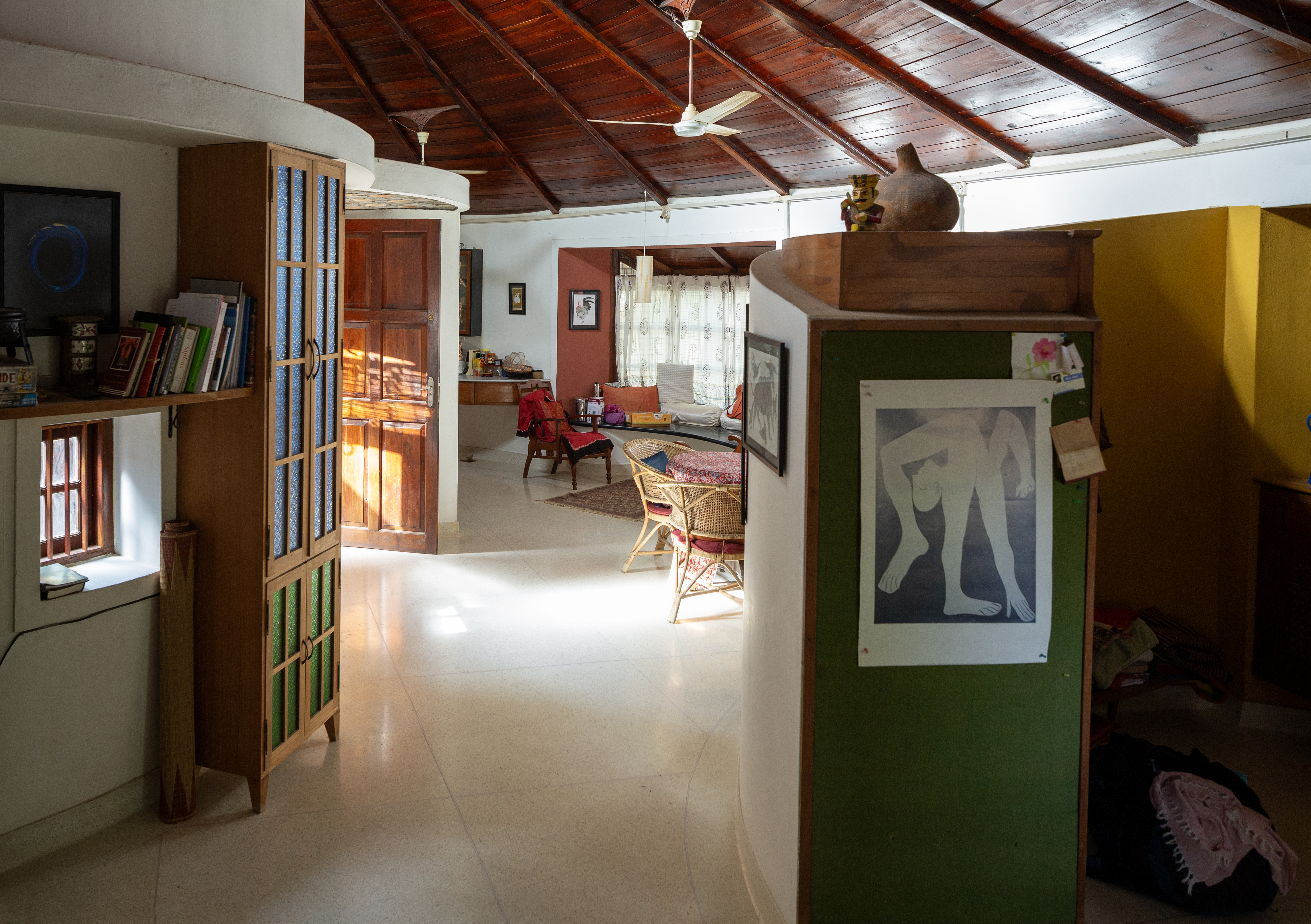 Inside a creative couple's magical, circular Indian home, 'like a fruit'
Inside a creative couple's magical, circular Indian home, 'like a fruit'We paid a visit to architect Sandeep Virmani and social activist Sushma Iyengar at their circular home in Bhuj, India; architect, writer and photographer Nipun Prabhakar tells the story
-
 Ten of the best track jackets for channelling a 1970s-meets-1990s cool
Ten of the best track jackets for channelling a 1970s-meets-1990s coolAs a ‘Marty Supreme’ track jacket makes a bid for viral garment of 2025 – thanks to one Timothée Chalamet – the Wallpaper* style team selects ten of the best tracksuit and coach jackets for men and women, each encapsulating an easy, nostalgia-tinged elegance
-
 Eight questions for Bianca Censori, as she unveils her debut performance
Eight questions for Bianca Censori, as she unveils her debut performanceBianca Censori has presented her first exhibition and performance, BIO POP, in Seoul, South Korea
-
 Inside a creative couple's magical, circular Indian home, 'like a fruit'
Inside a creative couple's magical, circular Indian home, 'like a fruit'We paid a visit to architect Sandeep Virmani and social activist Sushma Iyengar at their circular home in Bhuj, India; architect, writer and photographer Nipun Prabhakar tells the story
-
 The Architecture Edit: Wallpaper’s houses of the month
The Architecture Edit: Wallpaper’s houses of the monthFrom wineries-turned-music studios to fire-resistant holiday homes, these are the properties that have most impressed the Wallpaper* editors this month
-
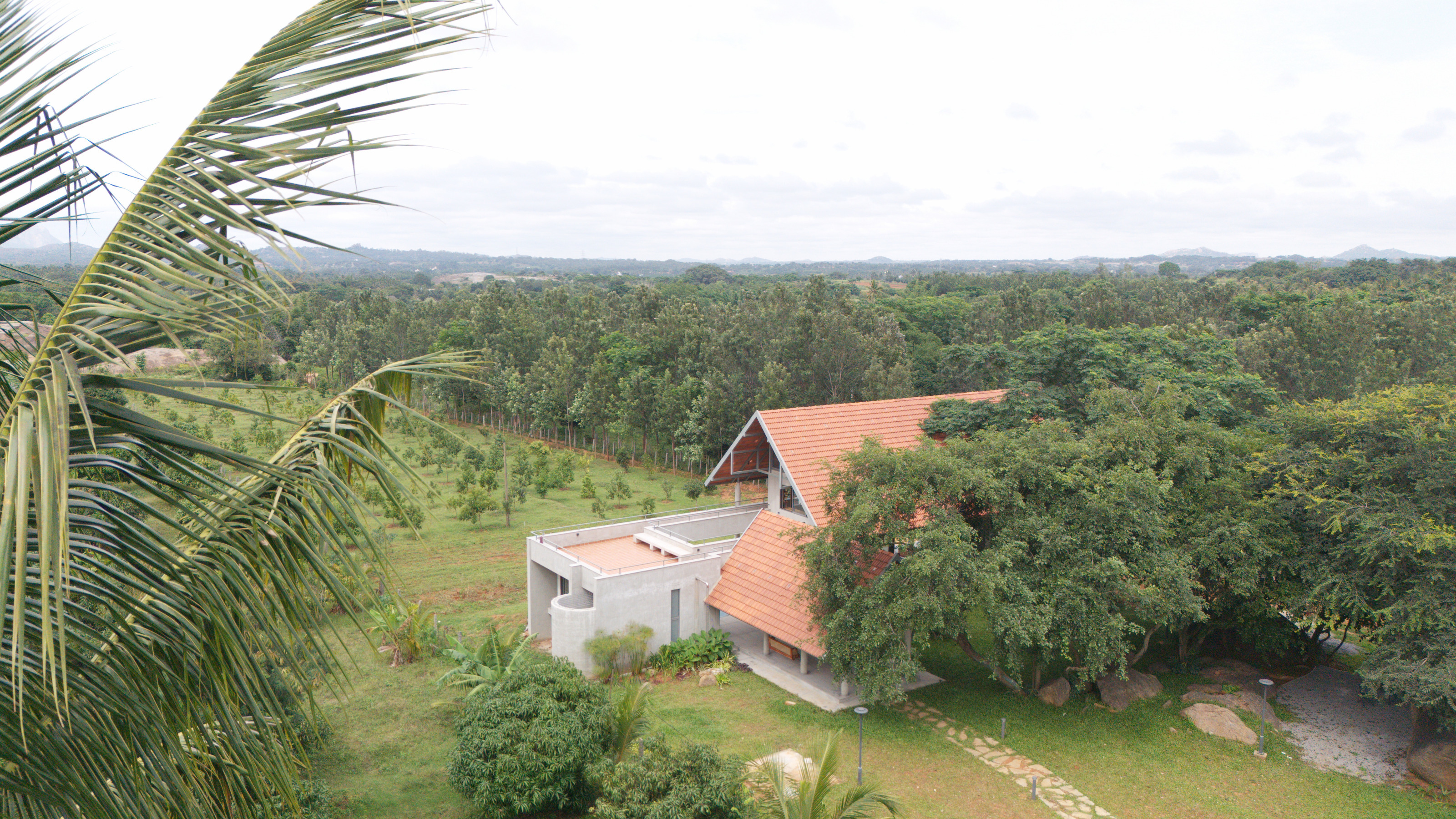 A refined Indian country residence reimagines the farmhouse
A refined Indian country residence reimagines the farmhouseSet among Karnataka’s rolling fields and forest, House by the Grove by Taliesyn Design & Architecture combines modern materials with an open approach to the elements
-
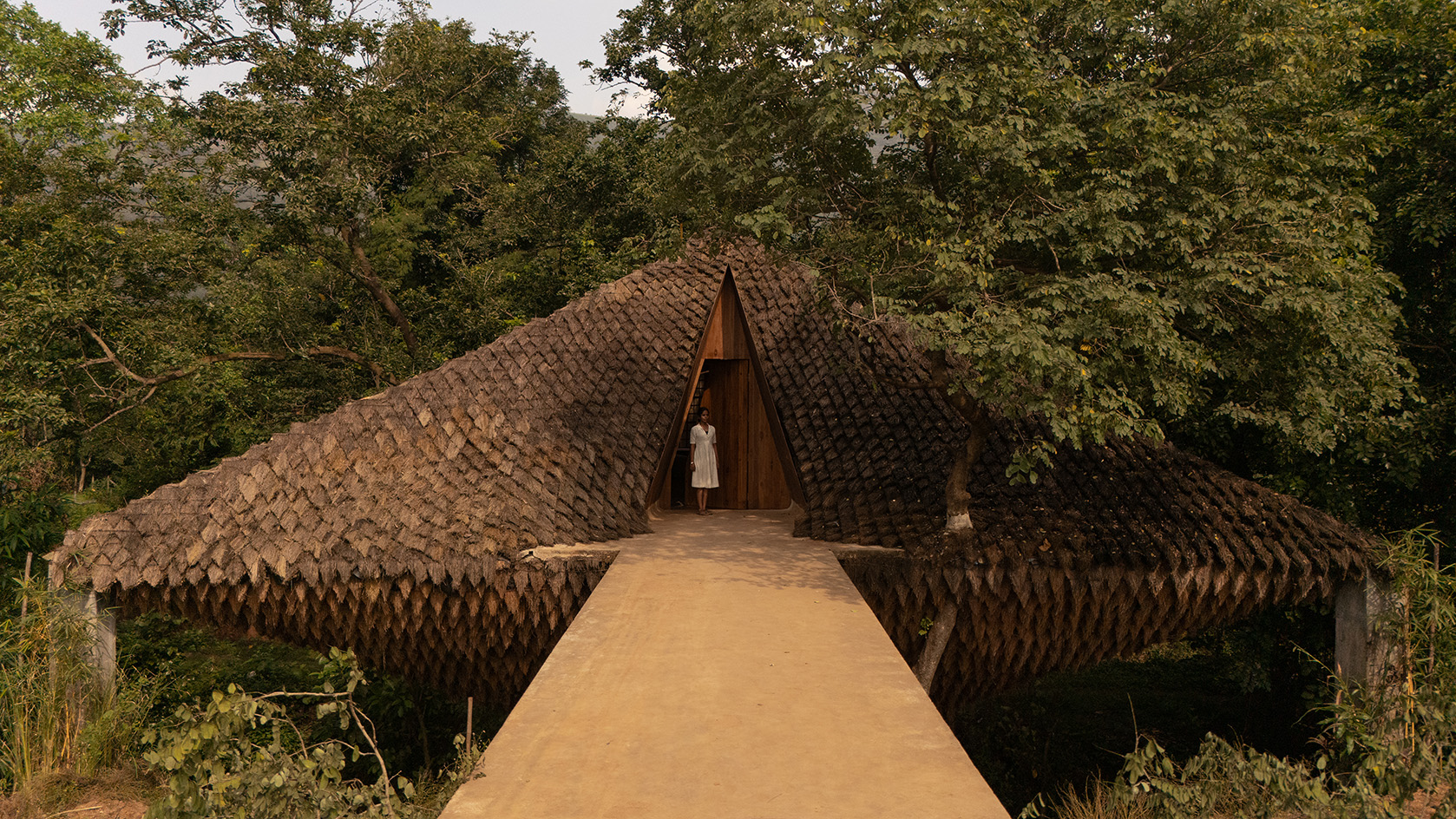 Half bridge, half home: Wallmakers’ latest project takes architecture to daring new heights
Half bridge, half home: Wallmakers’ latest project takes architecture to daring new heightsHovering above a forest stream in Maharashtra, Bridge House pushes the limits of engineering and eco-conscious design
-
 The Architecture Edit: Wallpaper’s houses of the month
The Architecture Edit: Wallpaper’s houses of the monthFrom Malibu beach pads to cosy cabins blanketed in snow, Wallpaper* has featured some incredible homes this month. We profile our favourites below
-
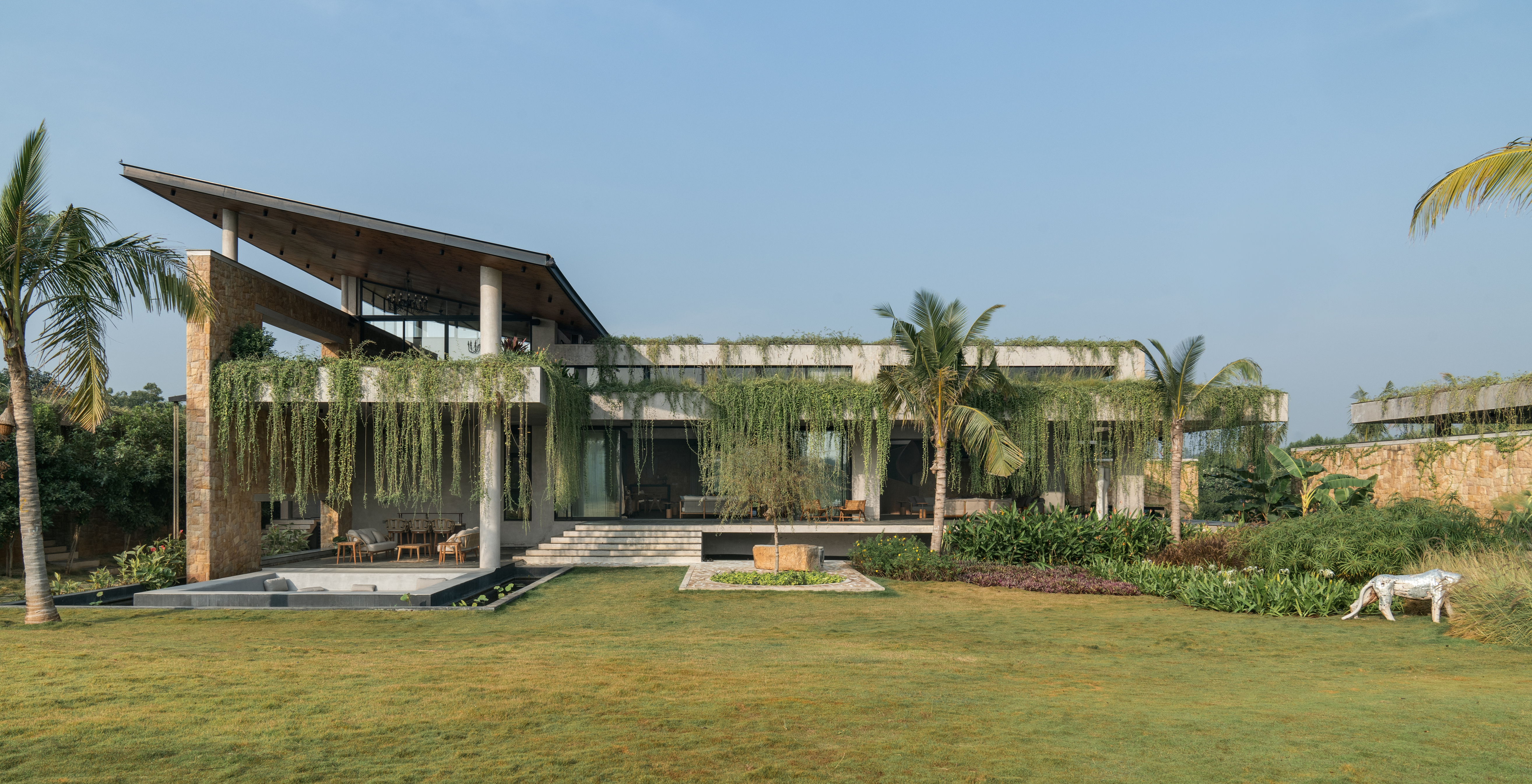 Cascading greenery softens the brutalist façade of this Hyderabad home
Cascading greenery softens the brutalist façade of this Hyderabad homeThe monolithic shell of this home evokes a familiar brutalist narrative, but designer 23 Degrees Design Shift softens the aesthetic by shrouding Antriya in lush planting
-
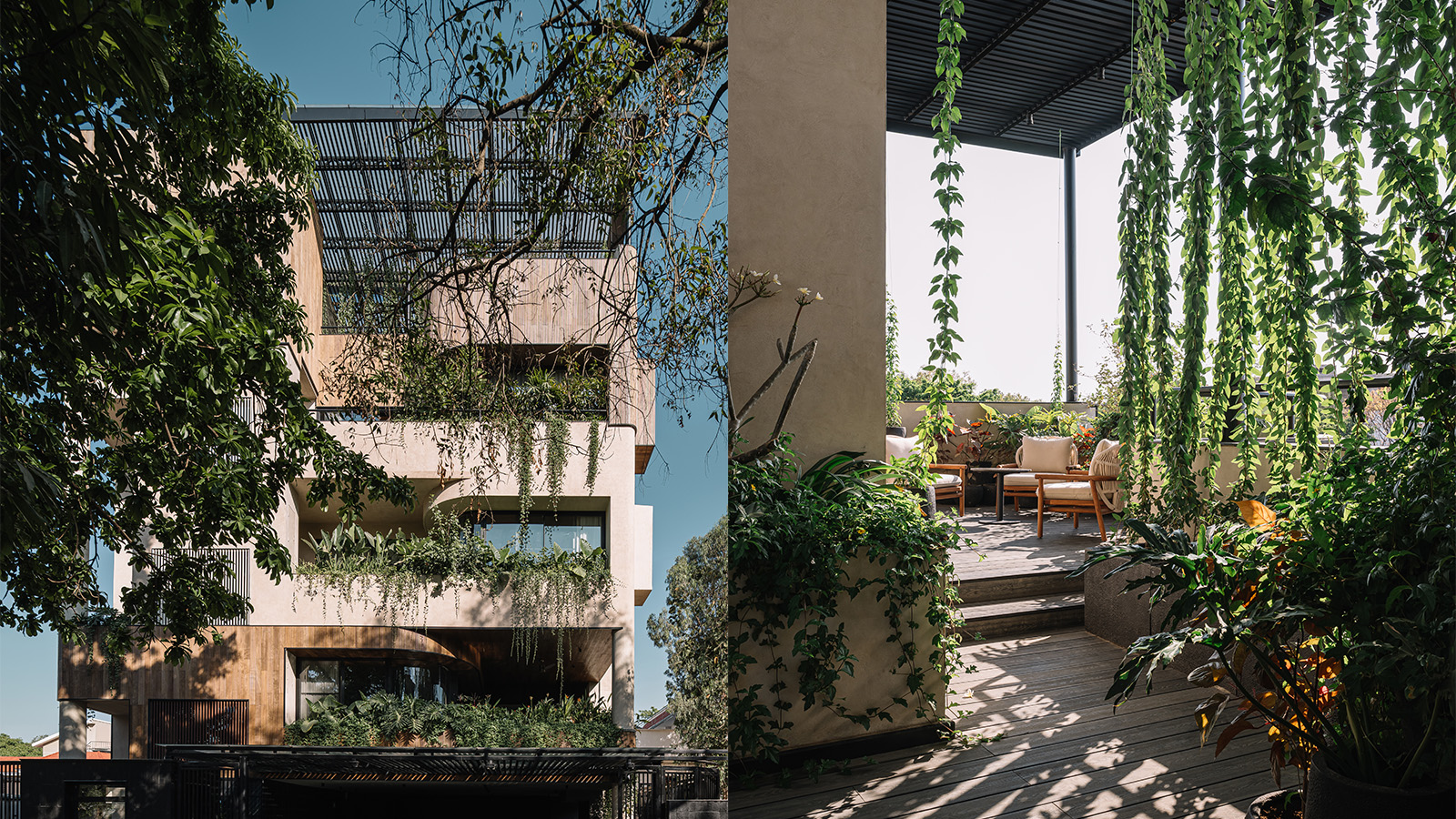 A lush Bengaluru villa is a home that acts as a vessel for nature
A lush Bengaluru villa is a home that acts as a vessel for natureWith this new Bengaluru villa, Purple Ink Studio wanted gardens tucked into the fabric of the home within this urban residence in India's 'Garden City'
-
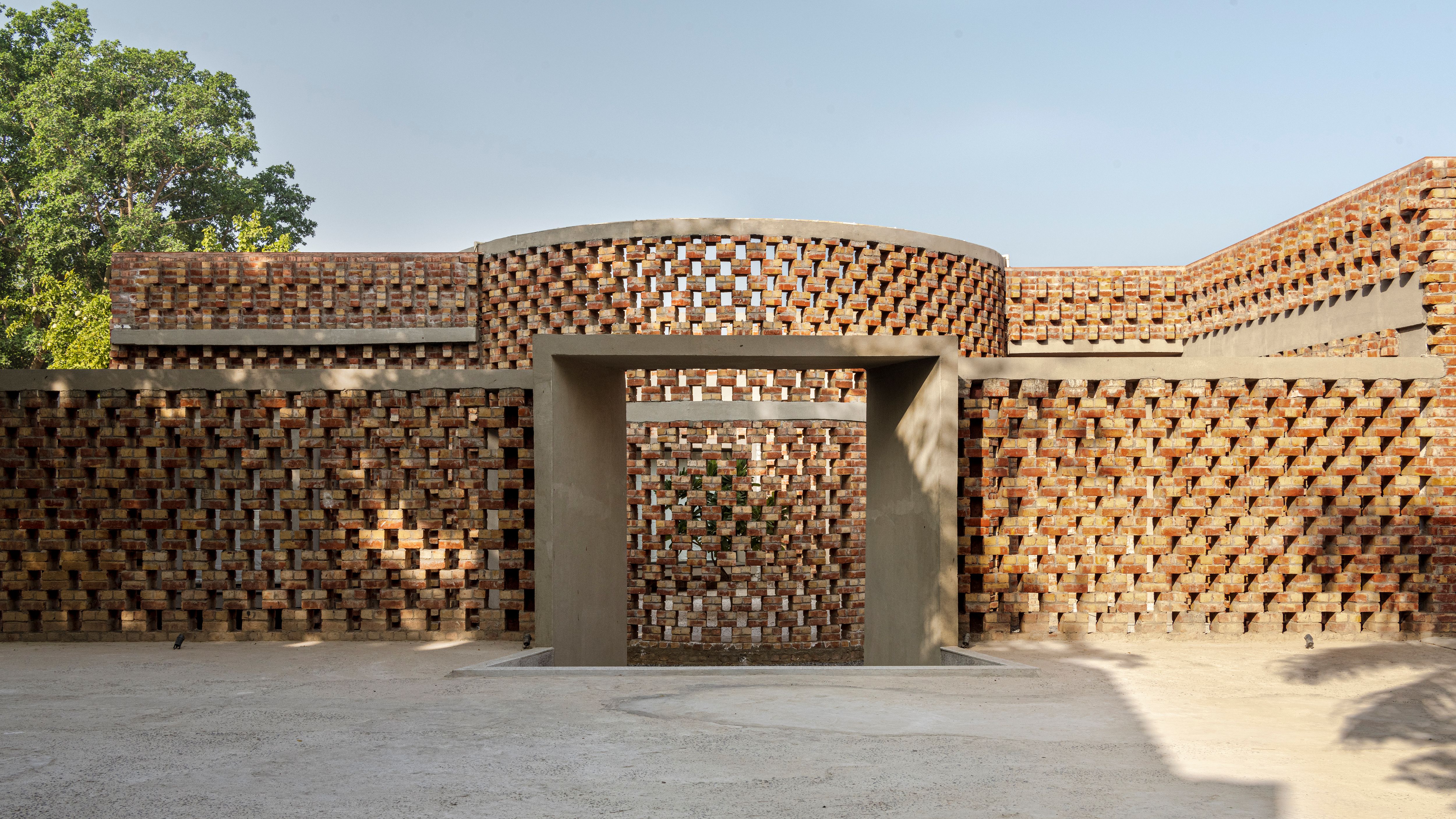 Brick by brick, a New Delhi home honours India’s craft traditions
Brick by brick, a New Delhi home honours India’s craft traditionsRLDA Studio's Brick House works with the building block's expressive potential to create a dynamic residence with a façade that reveals patterns that change with the sun and shadows